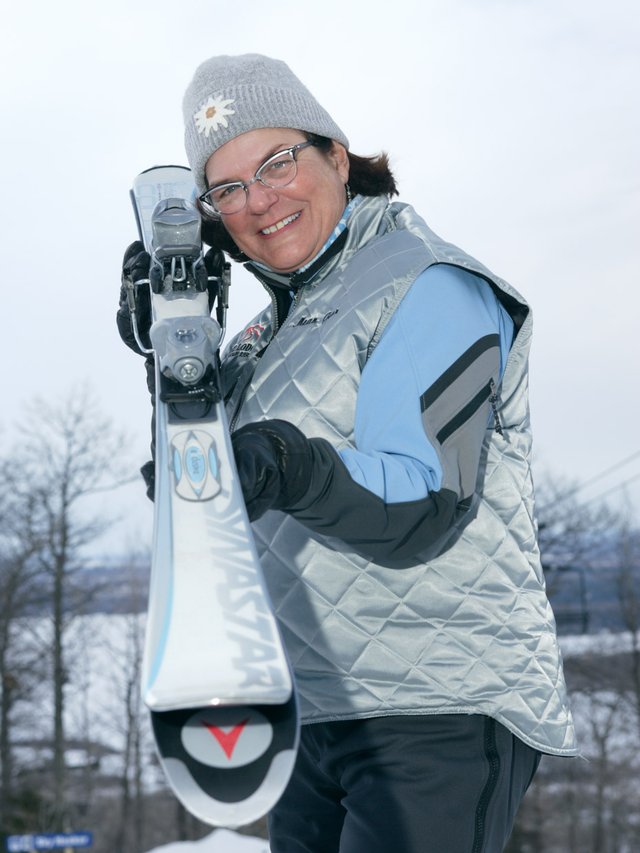“Everyone thinks women should be thrilled when we get crumbs, and I want women to have the cake, the icing and the cherry on top, too.”
— Billie Jean King, a tennis legend who led the charge for pay equality in her sport
Let’s hear it for the US women’s soccer team! More than 43 million of us watched them win the World Cup on July 5, the largest television viewership of any soccer game in American history. You couldn’t help but be inspired by their skill, athleticism, and determination.
But despite the big win, all is not rosy in women’s sports-land. Because even though the US team won big bucks in championship money, US women’s first division soccer players are paid far less than the men’s team, in some cases earning just 38 percent of pay per game (note how fans changed “Equal pay!” in the stadium during the World Cup). In fact, in April, all 28 players on the team filed a gender discrimination lawsuit against the United States Soccer Federation, another move in its long-running battle for equality. The athletes — including the stars Alex Morgan, Megan Rapinoe and Carli Lloyd — are not just taking issue with their paychecks but also with where they play, how they travel to matches, and the medical treatment and coaching they receive.
Thing is, this wage disparity isn’t just limited to soccer. A 2017 BBC Sport study revealed that of 44 professional sports ranging from basketball to badminton and including cycling, football, golf, and tennis, 20 percent still fail to offer parity in prize money. Sports with the highest purses tend to show the greatest discrepancies, though the four Grand Slams in tennis pay out equally to both genders, with Wimbledon being the last to do so as of 2007. Of the 100 highest-paid athletes in the world in 2017, only one was a woman: tennis legend Serena Williams, who ranked as the 51st highest-paid athlete.
Sure, you could argue that women’s sports usually don’t have as large an audience as men’s. Which means they don’t attract advertisers, which means they’re not raking in the big bucks. And if the money isn’t there, coaching and facilities can (and do) suffer. Athletes have fewer opportunities to hone their skills, and they’re more apt to retire early. In the end, the quality of the sport suffers, and the whole thing becomes a self perpetuating cycle.
So in light of all this, how does skiing measure up?
It isn’t easy to be a professional skier, female or male. As four-time US Olympian Lindsey Vonn told CNBC last April, “If you are not in the top five or 10 in the world, you are struggling to not have to get a second job.”
But women skiers, at least those at the top of alpine racing, are doing pretty well. That’s because skiing is one of only 35 sports that award equal prize money for male and female athletes (the FIS requires equal minimum prize money at all Audi FIS World Cup events). The FIS reported that Mikaela Shiffrin was its top-earning athlete in 2017-2018. In fact, all but one of the top 18 female skiers that year earned more than the male skiers in prize money. The federation also noted that this was the second year women out-earned men in alpine skiing, since the top 13 female skiers made the most in 2016-2017.
But women still have a way to go. Last winter, when Jackson Hole Mountain Resort launched a new extreme skiing and snowboarding competition, the men’s prize was $5,000 more than the top female finisher. Jackson Hole fixed the disparity, but it’s still a problem. The International Freeskiers and Snowboarders Association sets guidelines for qualifying competitions in the Freeride World Tour, but nothing requires resorts to provide equal prizes. According to Tom Winter, Americas Manager for the Tour, entry fees often fuel the funds available for athletes, and since fewer women sign up, that puts them at a disadvantage. An easy fix might be to pool the entry fees from the men and women together, then divide them accordingly to provide cash prizes to the top female and male finishers.
So what can we do to foster wage equality?
It’s easy to think we have no power to effect social change, but in fact, we do. Here are a few ways we can help women athletes achieve equal pay:
- Contribute money. You can help fund an athlete’s dream on one of the growing number of crowd-funding sites focused on funding athletic achievement. The US Ski And Snowboard Association has already raised over a million dollars for its athletes on RallyMe.
- Show your support. Show up at women’s events. For example, the US FIS Women’s Downhill at Killington drew more than 39,000 spectators last year. Sponsors notice things like this, so they’re more apt to open their purses for future events.
- Contribute your time. If you can help a women’s team, whether by coaching or through other support services, do so. It can make a huge difference in how the team performs, which may help them get noticed by more people.
- Contact sponsors, especially those who seem to only use male endorsers. Let them know that you’d love to see their product fronted by a female athlete — even name one you think would be a good fit. Advertisers are interested in listening to customer feedback and accommodating their demands.



